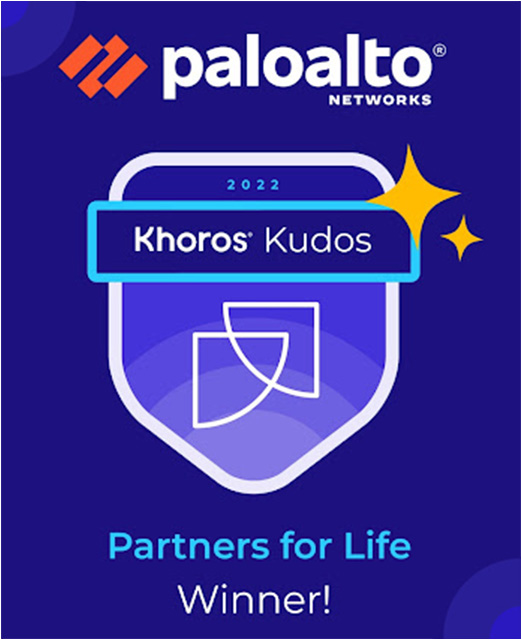- Access exclusive content
- Connect with peers
- Share your expertise
- Find support resources
Click Preferences to customize your cookie settings.
Unlock your full community experience!
custom url category issues
- LIVEcommunity
- Discussions
- General Topics
- Re: custom url category issues
- Subscribe to RSS Feed
- Mark Topic as New
- Mark Topic as Read
- Float this Topic for Current User
- Printer Friendly Page
custom url category issues
- Mark as New
- Subscribe to RSS Feed
- Permalink
07-23-2013 09:09 AM
OK, let me start out with I am not using the URL filtering profiles, only trying to setup whitelists for outbound web using the custom URL categories.
So I built a rule that allows my trust zone to go out to the untrust using web-browsing app and the custom url category which contains the URLs that need to go out. When I try the connection I'm getting 503 errors and seeing 2 entries in my traffic log. The first one is a start type that is allowed by the rule with an any in the URL category, the second is a deny that is getting dropped by the deny all cleanup rule at the bottom with a not-resolved URL category. What I'm trying to figure out is why it isn't being allowed by the URL category.
- Labels:
-
Troubleshooting
- Mark as New
- Subscribe to RSS Feed
- Permalink
07-24-2013 04:49 PM
Since you know what websites you want to specifically allow, you can just add those specific IP's to an Address Group. Then change your first security rule and add that new address group to the list of destinations instead of the any option.
- Mark as New
- Subscribe to RSS Feed
- Permalink
07-25-2013 05:42 AM
The problem with that is I have 8-10 sites that each use between 40-50 IP addresses and can have new ones added as the load increases on them, so I would have a situation where everything could work one day and then the next I would start to see random blocks because they added a new server that isn't in my IP list.
- Mark as New
- Subscribe to RSS Feed
- Permalink
07-25-2013 06:57 AM
why not block on fqdn destoination object?
- Mark as New
- Subscribe to RSS Feed
- Permalink
07-26-2013 12:28 PM
URL filtering enabled : True
You can remove the profile altogether or adjust URL filters accordingly
URL filtering matches in following order.
Block list
Allow list
Custom
DP cache
MP cache
Cloud
- 9919 Views
- 18 replies
- 0 Likes
Show your appreciation!
Click Accept as Solution to acknowledge that the answer to your question has been provided.
The button appears next to the replies on topics you’ve started. The member who gave the solution and all future visitors to this topic will appreciate it!
These simple actions take just seconds of your time, but go a long way in showing appreciation for community members and the LIVEcommunity as a whole!
The LIVEcommunity thanks you for your participation!
- XSIAM - Vulnerability field (Issues) in Cortex XSIAM Discussions
- Trendmicro application identified as "ssl" despite of proper SNI, CN, SAN. in General Topics
- XSIAM V3.3 upgrade - anyone having issues? in Cortex XSIAM Discussions
- Security Posture Settings are now moved to Incident Settings in Strata Cloud Manager
- OT Devices Default Perdue Level Categorization in IoT Security Discussions



